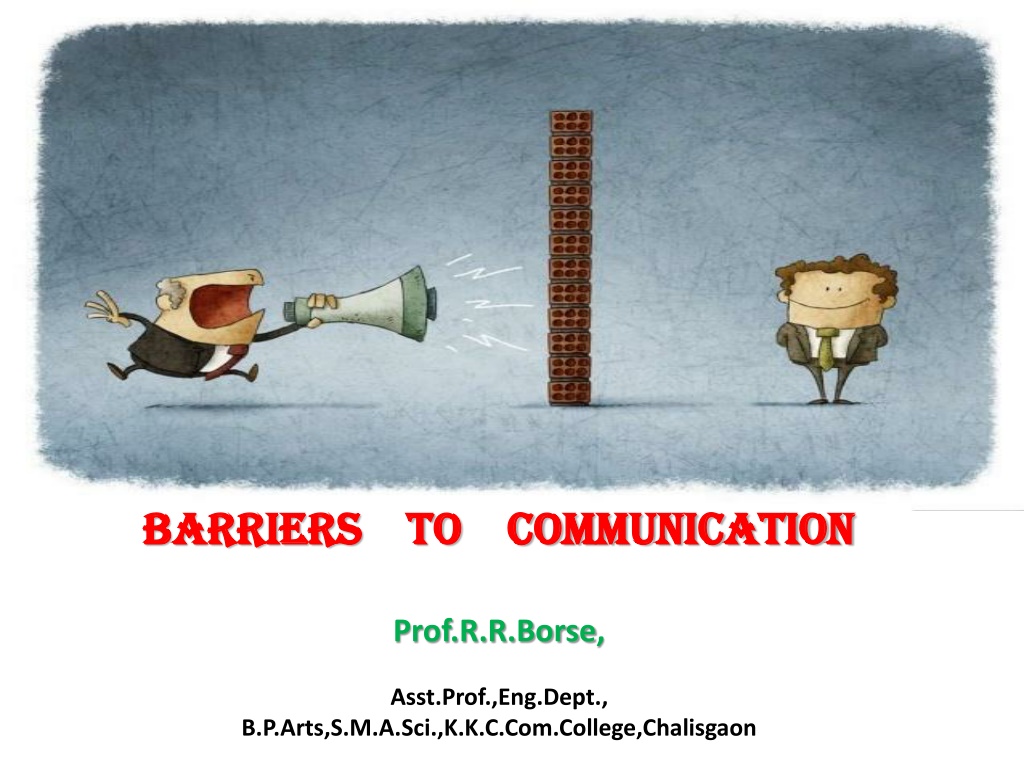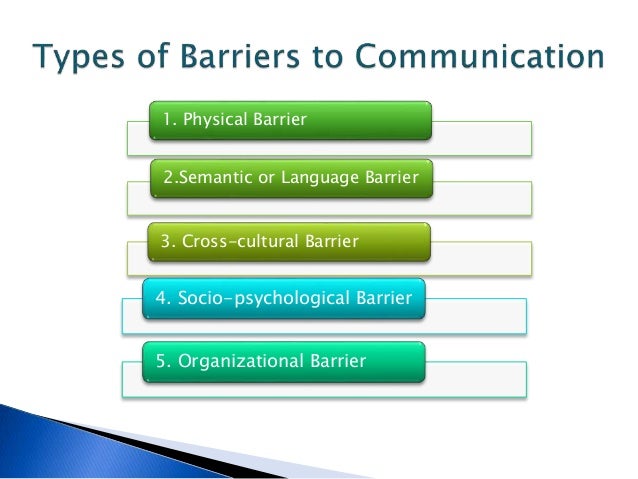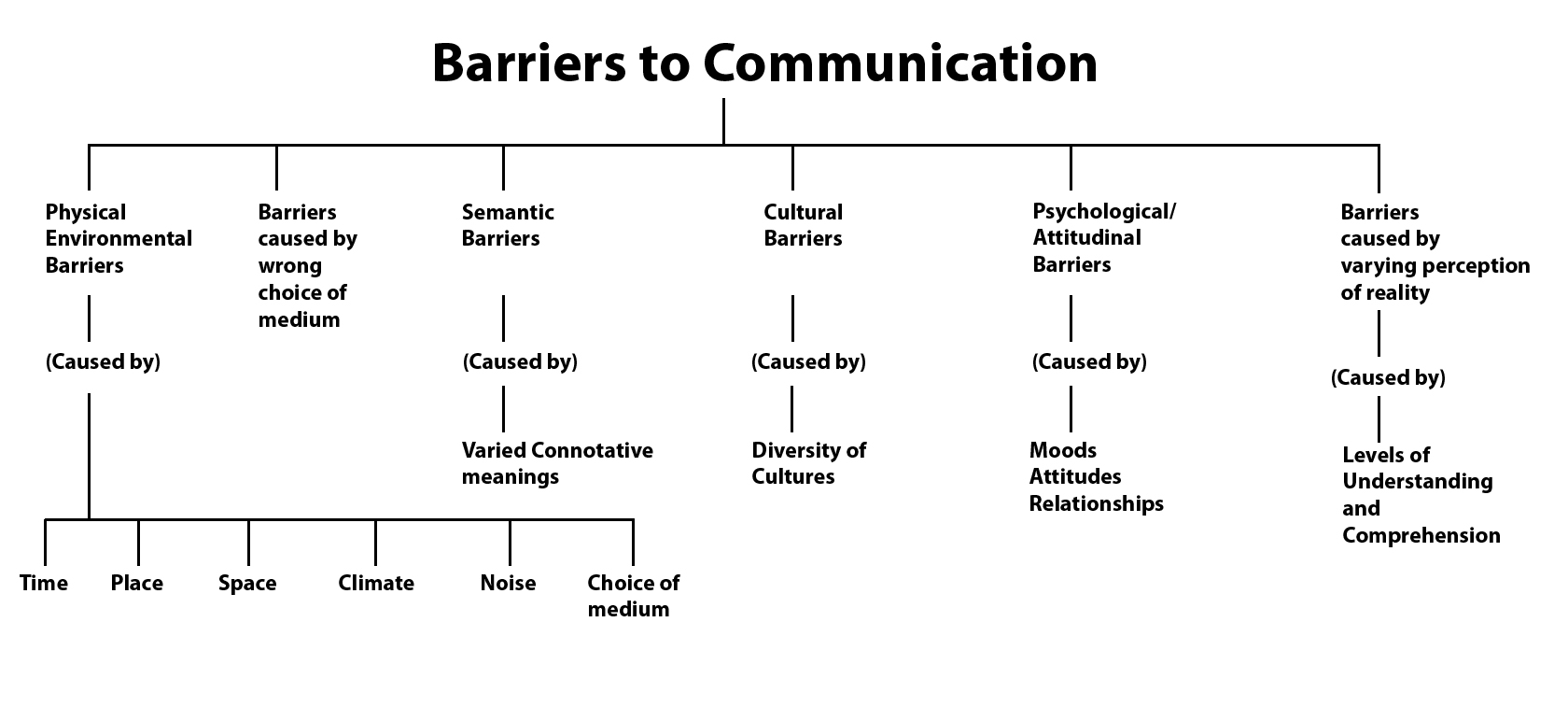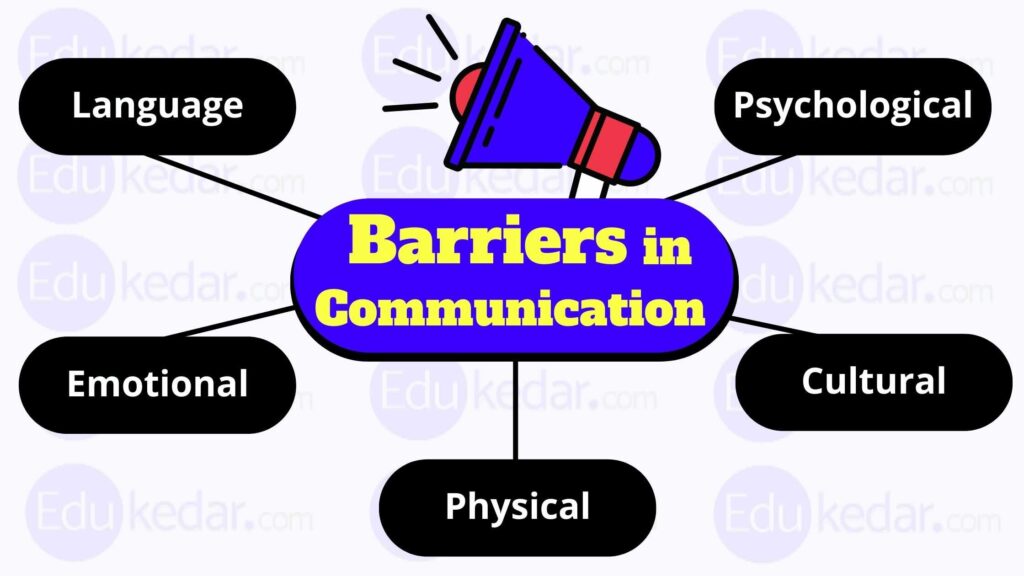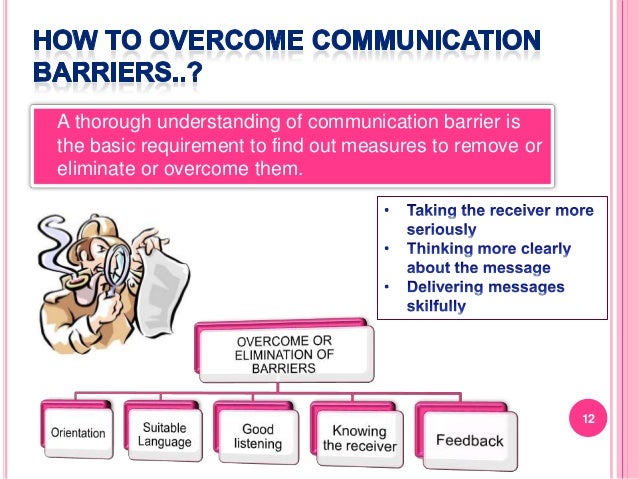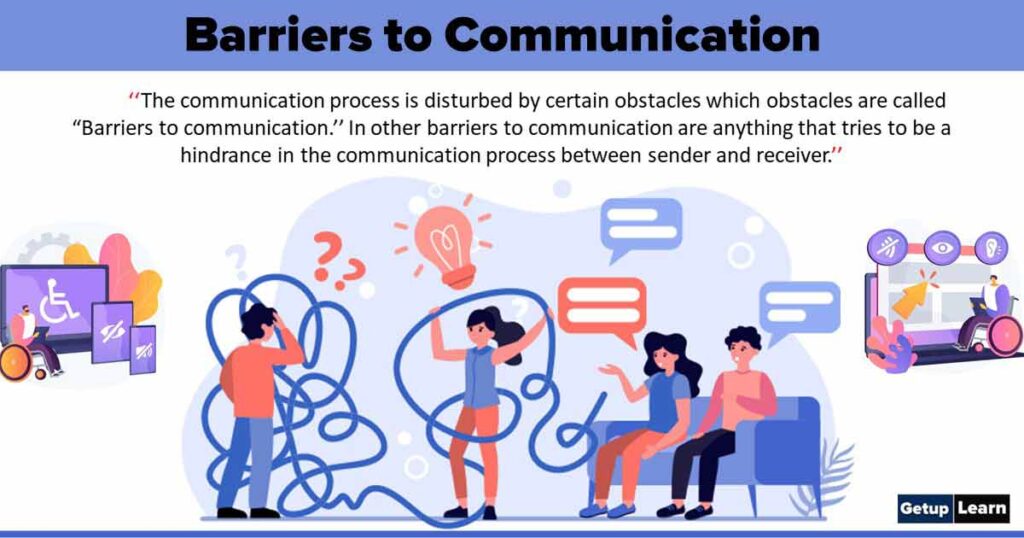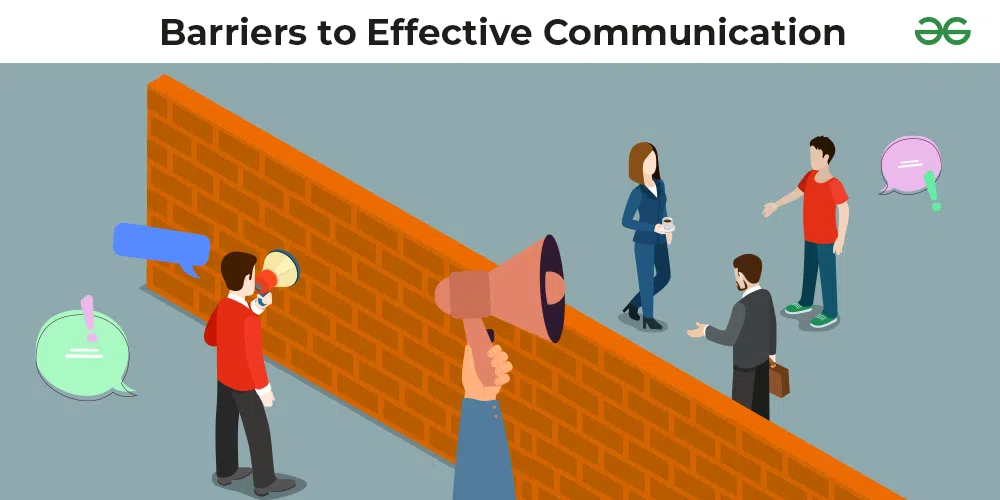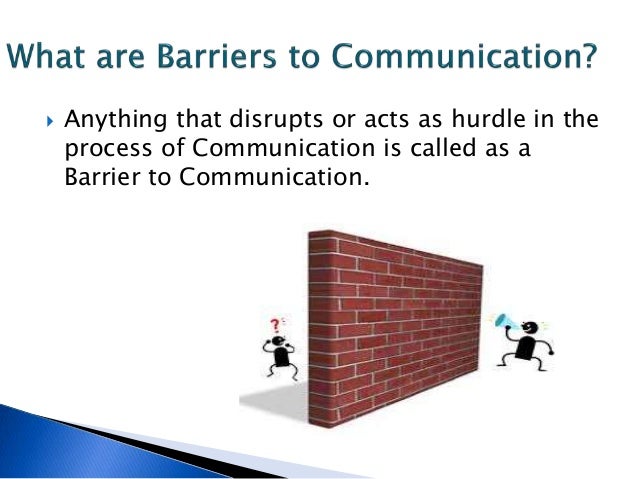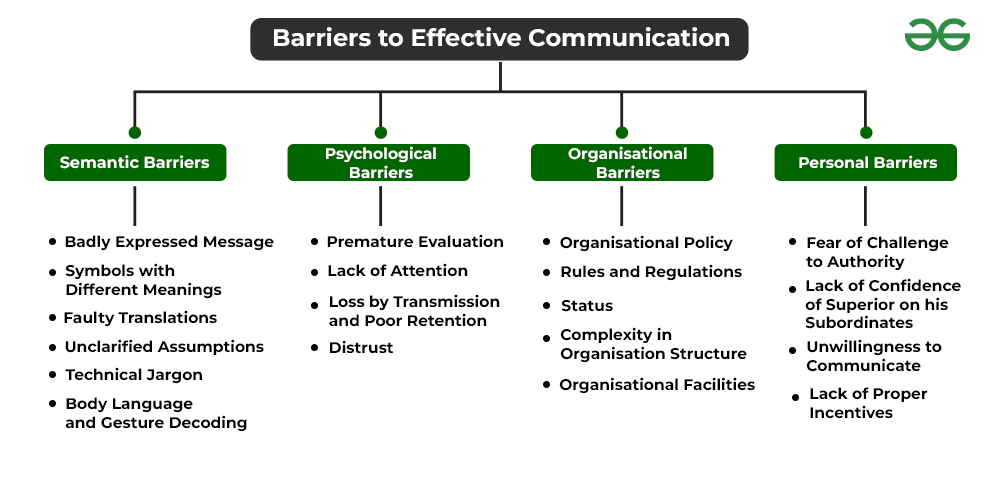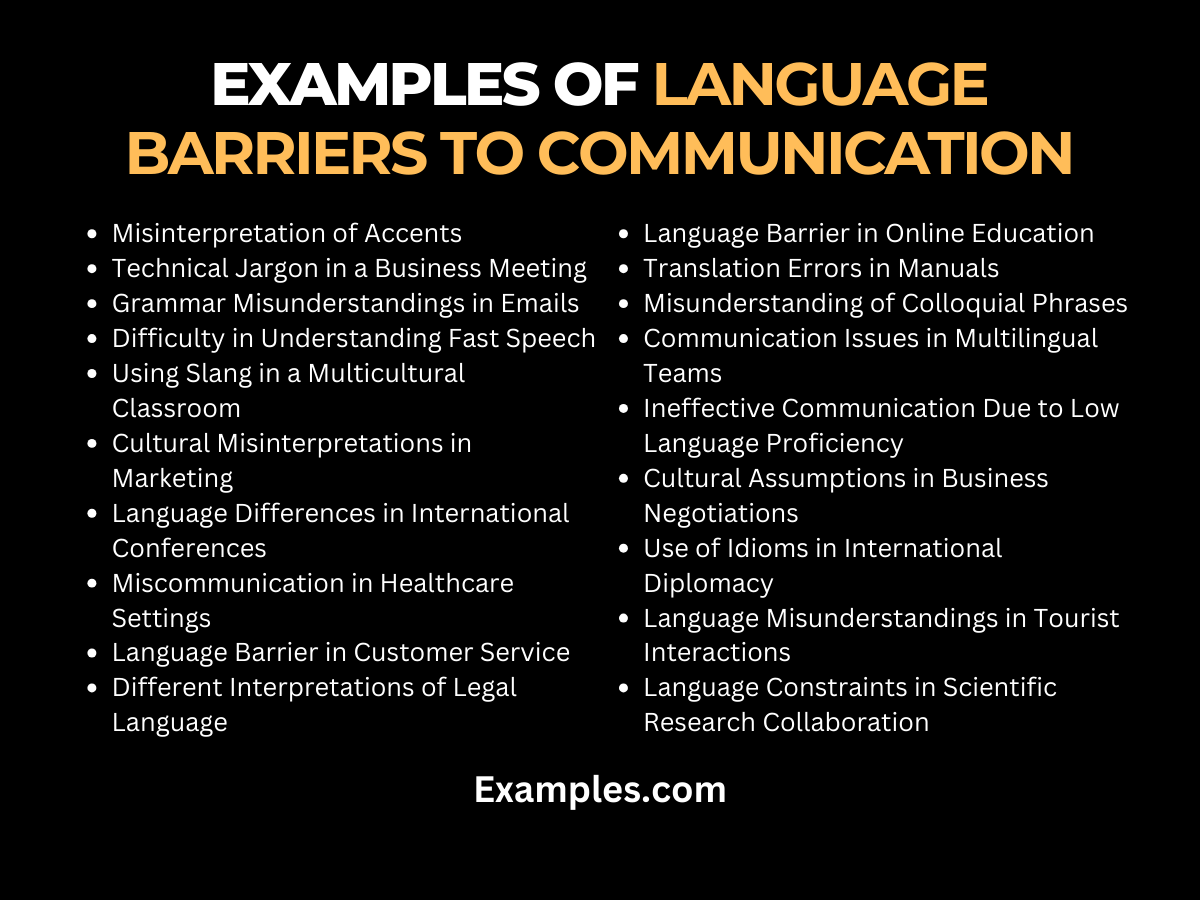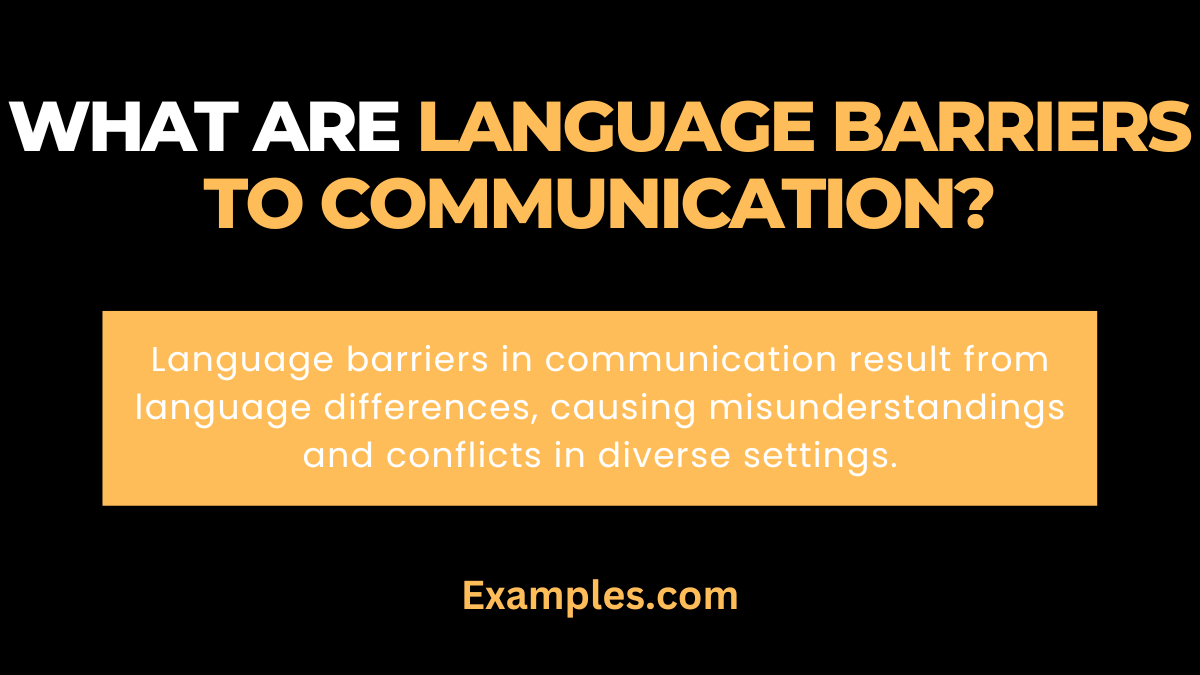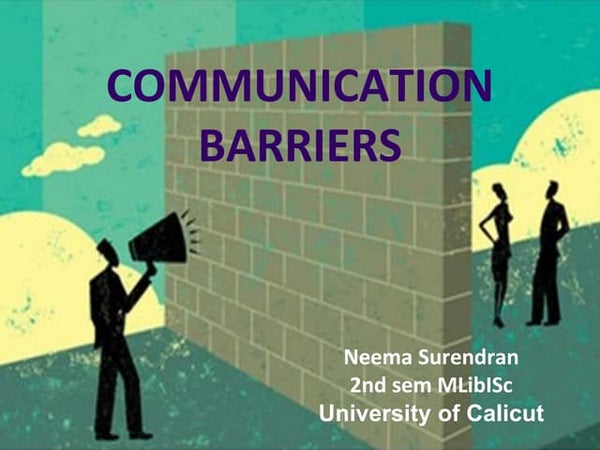One Of The Greatest Barriers To Communication Is
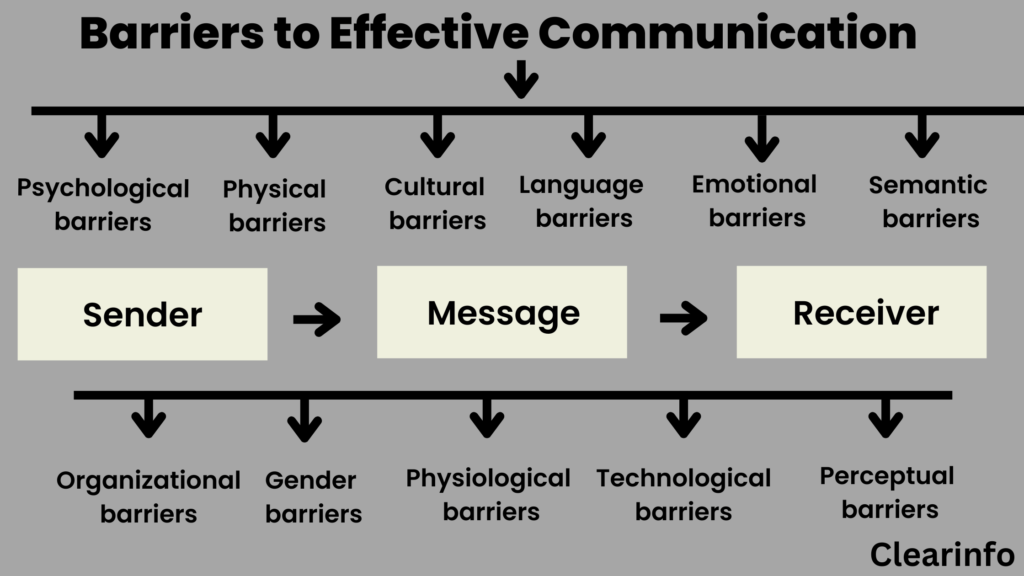
In a world saturated with information, where digital platforms connect billions, a profound paradox persists: effective communication remains elusive. Misunderstandings fester, collaborations falter, and societal divisions deepen, all because a fundamental barrier obstructs the flow of clear and meaningful exchange.
This barrier, often unseen yet deeply impactful, is assumed similarity. It is the unconscious tendency to project our own thoughts, values, beliefs, and experiences onto others, leading us to misinterpret their intentions and messages. This article will delve into the pervasive nature of assumed similarity, exploring its roots, its consequences across various sectors, and potential strategies for mitigation. We will explore how this cognitive bias affects individuals, organizations, and society as a whole, drawing on research and expert insights to illuminate the path towards more effective and empathetic communication.
The Psychology of Assumed Similarity
Assumed similarity stems from our innate cognitive biases, particularly the availability heuristic and the representativeness heuristic. The availability heuristic causes us to overestimate the likelihood of events that are easily recalled, often those similar to our own experiences. Conversely, the representativeness heuristic leads us to judge the probability of an event by how similar it is to a prototype or stereotype we hold.
These heuristics, while often useful for quick decision-making, can create significant distortions in communication. For example, if you value directness, you might interpret someone's indirect communication style as dishonesty, failing to recognize that indirectness may be culturally normative or simply a personality trait.
Impact on Interpersonal Relationships
In personal relationships, assumed similarity can lead to hurt feelings and unresolved conflicts. Partners may misinterpret each other's actions, attributing malicious intent where none exists. "You didn't call me back immediately; you must not care about me," is a common example of this bias at work.
According to Dr. Susan Krauss Whitbourne, Professor Emerita of Psychological and Brain Sciences at the University of Massachusetts Amherst, "Assuming others share your values and priorities is a recipe for disappointment in relationships. It's essential to actively listen and seek clarification to truly understand your partner's perspective."
Organizational Challenges and Leadership
Within organizations, assumed similarity can hinder teamwork, innovation, and leadership effectiveness. Managers who assume their employees share their motivations and work styles may fail to provide appropriate support and recognition. This can lead to decreased morale and productivity.
Cross-cultural communication within multinational corporations is particularly vulnerable. Geert Hofstede's cultural dimensions theory highlights the significant differences in values and communication styles across cultures, underscoring the need for awareness and adaptation to avoid misunderstandings based on assumed similarity.
Societal Implications and Polarization
On a broader societal level, assumed similarity fuels polarization and reinforces echo chambers. Social media algorithms exacerbate this tendency by curating content that aligns with our existing beliefs, limiting exposure to diverse perspectives. This selective exposure reinforces our biases and makes it more difficult to engage in constructive dialogue with those who hold different views.
Politicians often exploit this bias by appealing to shared values and demonizing opposing viewpoints. This creates an "us versus them" mentality that further divides society and impedes progress on critical issues.
"The greatest problem in communication is the illusion that it has been accomplished," - George Bernard Shaw.
Mitigating Assumed Similarity
Overcoming assumed similarity requires conscious effort and a commitment to empathy and understanding. Active listening is crucial. This involves paying close attention to both the verbal and nonverbal cues of the speaker, asking clarifying questions, and summarizing their message to ensure accurate comprehension.
Furthermore, seeking diverse perspectives and challenging our own assumptions is essential. Developing cultural intelligence, the ability to understand and adapt to different cultural contexts, can also significantly reduce the impact of assumed similarity. This can be achieved through intercultural training, travel, and engaging with people from diverse backgrounds.
Looking Ahead
In an increasingly interconnected and complex world, the ability to communicate effectively across differences is paramount. By recognizing and actively mitigating the barrier of assumed similarity, we can foster stronger relationships, build more inclusive organizations, and create a more understanding and collaborative society. This requires a fundamental shift in mindset, from assuming we know what others think and feel to actively seeking to understand their unique perspectives. Embracing intellectual humility and genuine curiosity will be the key to unlocking more meaningful and productive communication in the years to come.

